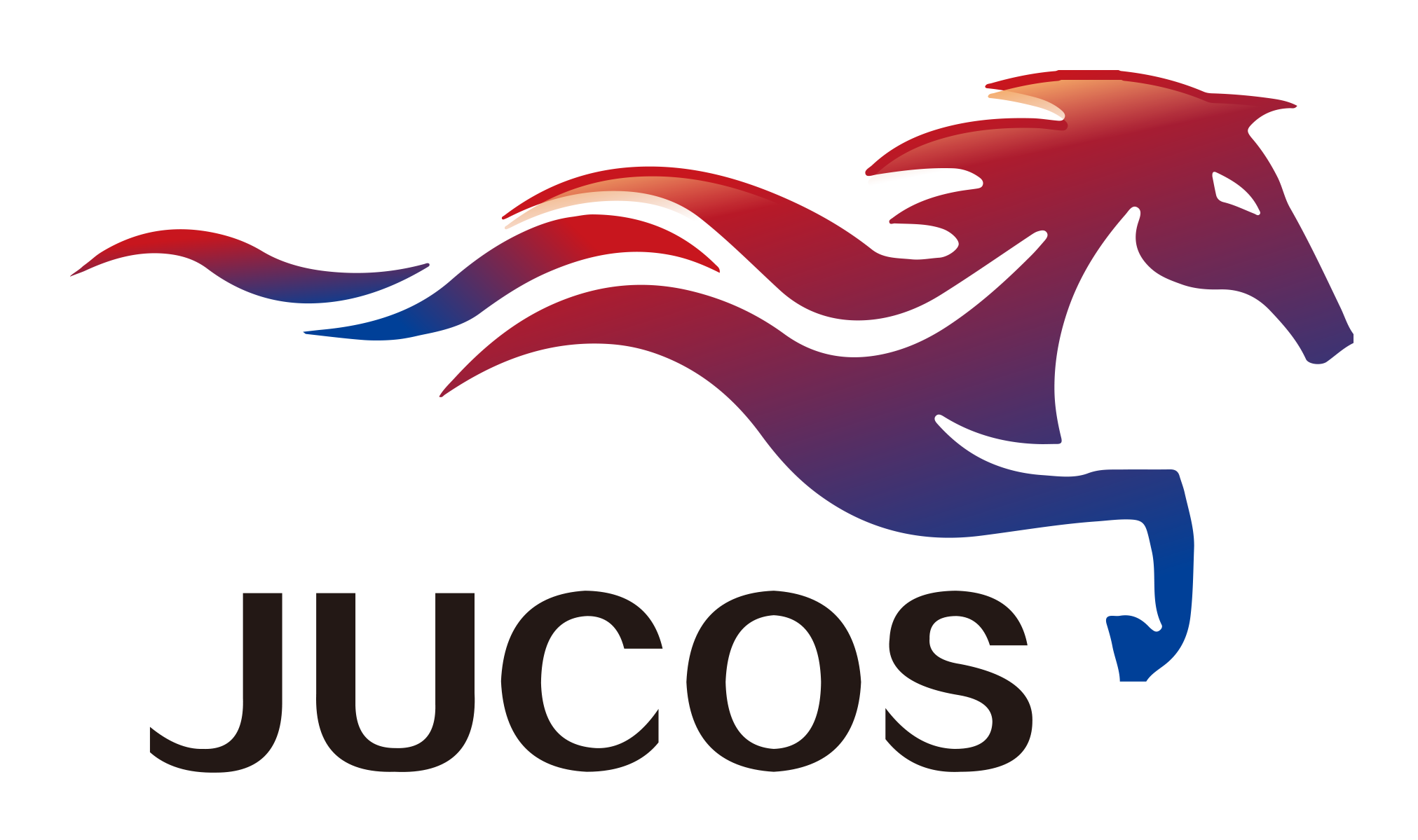How to solve the problem of magnesium alloy application?
Fifty years of application practice allowed scientists to recognize the limitations of magnesium applications: contact reactions, poor corrosion resistance and low stretch strength. In addition, the low temperature formability, low fracture toughness, poor peristalsis and cost problems of high temperature are also the restrictions of its application.
Corrosion is a long -term problem. Regarding the problem of corrosion, scientists have realized that they mainly have two conditions: electric puppet corrosion and general corrosion. For the electrical puppet corrosion, high -purity magnesium alloy can be significantly improved by restricting FE, CO, NI, and CU, which has significantly improved its corrosion resistance. For general corrosion, it can be contacted by restricting magnesium and corrosive environment. Modern solutions mainly include electrochemical electroplating, conversion coating, anode oxidation, gas deposition process, laser surface alloy/covering and organic coating. Coating solutions, such as Tagnite® anode oxidation, have been used on magnesium components such as the Sikoski CH53 Navy helicopter, inclusive F-22, Ocean Expeditionary Force (EFV) and Boeing Apache helicopters. In addition, the US Army Research Lab has developed cold spray technology, which has become a feasible solution for cost benefits and technology, which is used for on -site repair and surface protection of magnesium components. In addition to alloy design and coating, engineers are now optimizing the joint design, adopting insulating metals, controlling the manufacturing process and customized maintenance plan to reduce corrosion.
With the research of magnesium alloy series (AE, AX, AJ, We, and Elektron series) with rare earth, the intensity of magnesium alloy has basically been resolved. We alloys (MG-Y-rare earth) have high yield strength and tensile strength, excellent corrosion resistance, and maintaining its strength performance at high temperature (up to 250 ° C). Elektron alloys, such as Elektron 21 and Elektron 675, have the same high intensity as aluminum alloy. In addition, intensity problems can also be solved by innovation and new processing technology in the field of casting and forging. Tentile formation, double roller casting, fast solidification and other channel corners have been widely studied, and the size of the grain is refined to enhance the magnesium alloy.
Another important research area involved in the magnesium industry chain is the comprehensive utilization of the secondary resources of magnesium alloy and the evaluation of the entire life cycle of magnesium products. The world's main developed countries have renewed the secondary resources of magnesium alloy as an important development direction for the magnesium industry. The liquid melting magnesium alloy is the main method for the secondary resource regeneration of magnesium alloy. Facing this status quo, although foreign countries have carried out the research and development of SF6 alternative gas, because it is difficult to obtain a protective gas comparable to SF6 so far, people have shifted their attention to research and development that can effectively recycle the cycle of SF6 protective gas in order to achieve the use of SF6 to protect the cycle. Reduce SF6 emissions to the maximum extent. In addition, the ecological benefit evaluation of the all -life cycle of magnesium products has become an urgent requirement for magnesium research in the world with the expansion of the field of magnesium alloy applications. For our country, due to the backwardness of raw magnesium production technology, its environmental load has not only become an increasingly important environmental issue in the country, but also received great attention from foreign countries.











